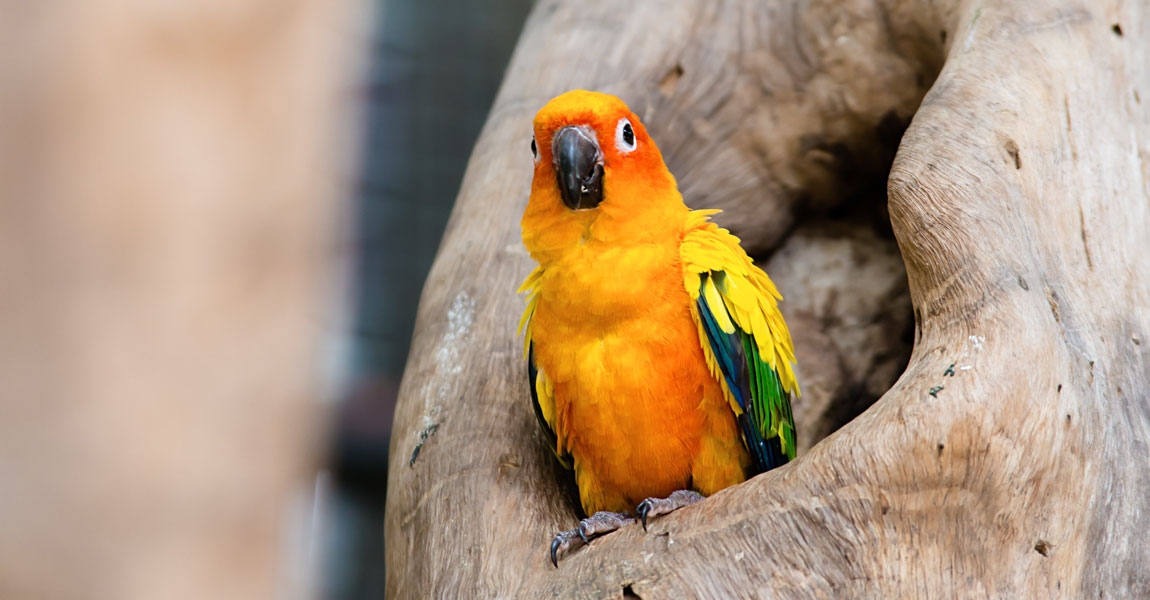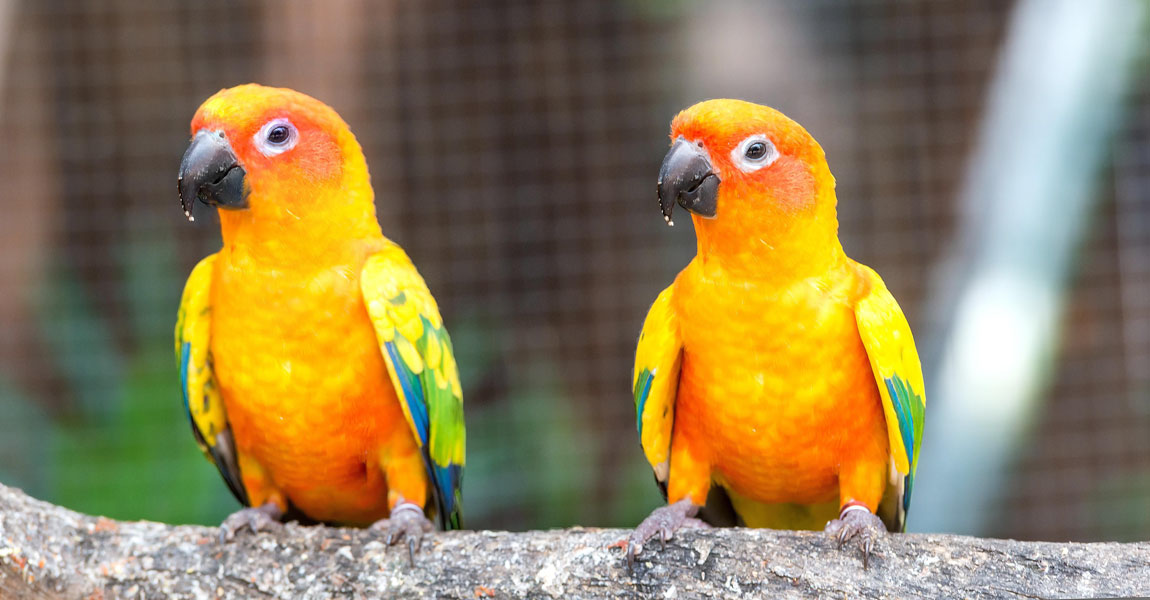Why Does A Conure Molt?
The most obvious reason is that over a year a great deal of damage occurs to the feathers. Green Cheek Conures live in environments full of parasites, wind, humidity, rain, and the constant preening of their beaks. For this reason, these feathers are designed to last for a short time. Not only do the feathers damage over time, but Green Cheek Conures take a great deal of pride in how they look. A healthy coat of feathers symbolizes the bird’s health and its attractiveness. For this reason, nature has bestowed a genius solution to ensure that your bird stays in optimal health and always has a great coating of feathers at all times.You should know that feathers are not like our human hair. Instead, the feather is more like a scale of a reptile. It is believed that over time scales have evolved into feathers; however, that is a whole different argument and a controversial subject to say the least. That being said, feathers don’t grow like our hair. If we get a haircut, our hair continues to grow from the follicle forever–it never stops growing. If a feather should break or get cut, the feather will stay that way for roughly a year. In fact, owners who clip their Green Cheek Conure’s wings take advantage of this as the wings will stay clipped for roughly a year. Only when the bird molts, will the owner have to go get the wings clipped again.
What can you do during the molt?
Again, the most important thing is to not stress the bird out. Birds who become overly stressed during a molt will develop bars, known as stress bars. That being said, if you’re Green Cheek Conure lets you pet him, then you can try to remove the excess waxy coating with your fingernails.In the wild, a mated pair of conures would sit side-by-side preening each other. The areas the Conure cannot get, the forehead and in the back of the head, would be preened by its mate. This constant preening strengthens the bond and helps the birds maintain the feathers in the hard to get regions. Where the Green Cheek Conure can reach, the bird will preen its own feathers until all pin feathers mature. This is a natural process and for this reason the conure should be left alone to deal with the new feathers.
You should know that it is safe to handle the bird during a molt. Again, just take the proper precautions and don’t play too rough with the bird until the feathers have all regrown.
So what else can you do to make the process smoother? You can ensure the diet is on the up and up, give more sprouted seeds, higher foods in vitamin A, and extra baths to help the feathers. With that being said, in roughly 2 months the cycle will be complete and everything will be back to normal.
If your bird becomes extra moody during a molt, you should respect its boundaries and give the bird some space. Most often, owners always report some moodiness during such a stage.
On a side note, if you think your bird is plucking you should look for these symptoms: bald spots on the chest, bald spots on the middle covert (shoulders), or shredded feathers. You should also know that during a molt a Green Cheek Conure will not have any skin showing. If you notice a lot of down poking through the feathers too, then you should take your bird to an avian veterinarian. If you believe the molt to be a bit heavier, you could also give the bird a few months to ensure the bird is not mutilating its feathers.
Another great sign that your bird is molting is that most molts occur, usually after warmer weather and in it or in autumn. Though some molts may occur in the winter, you should monitor your bird to be sure it is not feather picking as this can be odd.





